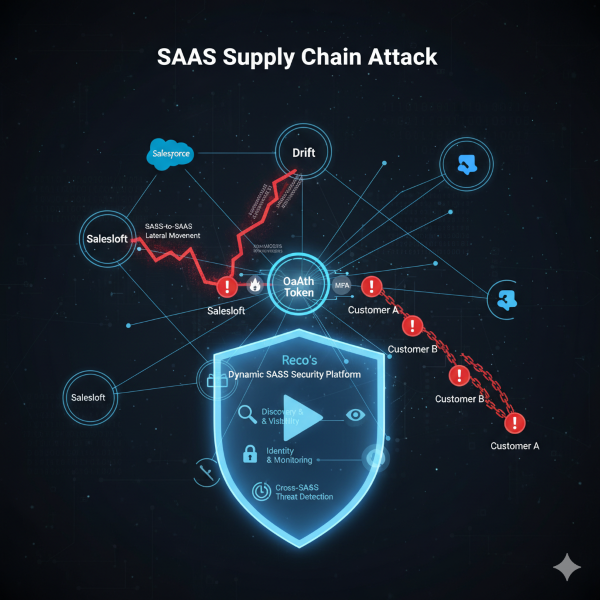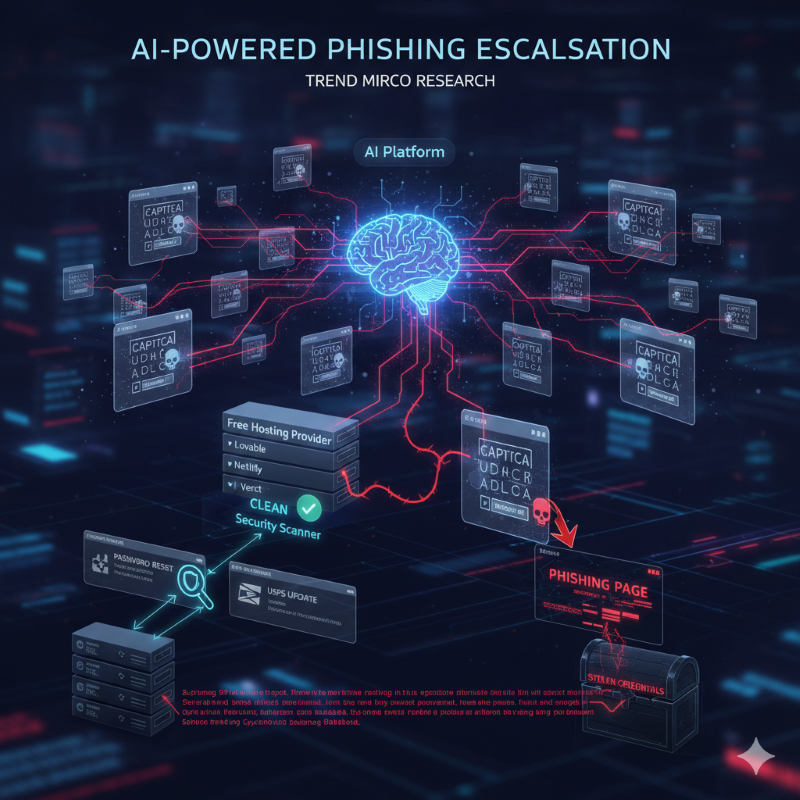Welcome to my weekly cybersecurity roundup! Here, I share updates on the projects I’m currently working on, along with the most insightful cybersecurity videos I watched, articles I found valuable, and podcasts I tuned into this week.
Featured Analysis
Featured article analysis: Be careful responding to unexpected job interviews
This article from Malwarebytes Labs deconstructs a sophisticated social engineering scam that leverages the allure of an unexpected job opportunity to trick victims into installing malicious software. The attack begins with a message on LinkedIn or a similar platform, followed by a professional-sounding email that invites the target to a virtual interview for a position like “Senior Construction Manager.” While the attackers meticulously impersonate a real employee of a legitimate company, initial red flags were evident: the contact email originated from a generic Gmail address instead of a corporate domain, and the specified job opening did not exist on the company’s official careers page. This initial phase is designed purely to establish trust and lure the victim into the next, more dangerous stage of the attack.
The core technical threat emerges when the target, having expressed interest, receives a follow-up “meeting invitation” email. This email contains a highly suspicious, shortened link that redirects the user to a malicious domain, such as meetingzs.com. The purpose of this site is to prompt the user with a deceptive message, claiming they must install a software update for their meeting application (like Zoom or Teams) to participate in the interview. In the observed case, this download was identified as an executable file associated with a legitimate Remote Monitoring and Management (RMM) tool like LogMeIn Resolve. Crucially, while the tool itself is not malware, granting a cybercriminal access to install and use an RMM tool provides them with a direct and persistent backdoor onto the victim’s device, allowing them to execute ransomware payloads or conduct further network reconnaissance.
Ultimately, this incident serves as a crucial warning about the increasing reliance on social engineering as the primary means for attackers to gain initial access to corporate or personal systems. The article emphasizes that recognizing these carefully crafted scams is the best defense. Users must adopt a high degree of skepticism toward all unsolicited communications, especially those demanding immediate action like clicking a link or installing software. The recommended safety measures are straightforward but vital: independently verify the sender and context of unexpected invitations, avoid clicking links or downloading attachments from unverified sources, and maintain rigorous cyber hygiene by keeping operating systems, software, and real-time anti-malware solutions fully updated to patch vulnerabilities.
Projects
- TryHackMe – CAPA: The Basics – In Progress
Videos
Articles
- Be careful responding to unexpected job interviews – a phishing scam where fake recruiters send job interview invitations with malicious links that prompt victims to install software containing malware or remote access tools.
- Microsoft: Azure hit by 15 Tbps DDoS attack using 500,000 IP addresses – Microsoft said today that the Aisuru botnet hit its Azure network with a 15.72 terabits per second (Tbps) DDoS attack, launched from over 500,000 IP addresses.
- Dutch police seizes 250 servers used by “bulletproof hosting” service – The police in the Netherlands have seized around 250 physical servers powering a bulletproof hosting service in the country used exclusively by cybercriminals for providing complete anonymity.
- California man admits to laundering crypto stolen in $230M heist – A 45-year-old from Irvine, California, has pleaded guilty to laundering at least $25 million stolen in a massive $230 million cryptocurrency heist.
- CrowdStrike catches insider feeding information to hackers – American cybersecurity firm CrowdStrike has confirmed that an insider shared screenshots taken on internal systems with unnamed threat actors.









